Are you curious about the best Credit Cards For Building Credit No Deposit? You’re in the right place.
Trying to rebuild bad credit can be difficult regardless of how you get there. Unfortunately, credit card companies generally will not accept your promises regardless of whether you have decided to turn over a new leaf in your financial life.
Several credit card companies are willing to provide credit to those with bad credit. The downside is that such offers are often accompanied by strings that make them less appealing. The easiest way to obtain a credit card with poor credit is to open a secured card requiring an upfront cash deposit.
The process will also be complicated for those who wish to avoid an initial deposit. Individuals often face the dilemma of selecting between a store-specific card, which may offer limited usability and a universal unsecured card characterized by high-interest rates and fees. In such cases, opting for an unsecured credit card could be the preferred choice for those unable to afford or unwilling to make an initial cash deposit.
However, its limitations and increased fees may not be worth it for everyone. This article will explore everything about top Credit Cards For Building Credit No Deposit.
So, let’s get started.
What is A Credit Card?
Contents
- 1 What is A Credit Card?
- 2 How Does A Credit Card Work?
- 3 What Are Credit Cards For Building Credit No Deposit?
- 4 Types of Credit Cards For Building Credit No Deposit
- 5 Top Credit Cards For Building Credit No Deposit
- 6 Required Documents For Credit Cards For Building Credit No Deposit
- 7 Application Process For Credit Cards For Building Credit No Deposit
- 8 How To Use Credit Cards For Building Credit No Deposit
- 9 Things To Consider Before Choosing Credit Cards For Building Credit No Deposit
- 10 What To Do if You’re Declined For Credit Cards For Building Credit No Deposit
- 11 How Is Your Credit Score Calculated?
- 12 Tips For Using Credit Cards For Building Credit No Deposit
- 13 How To Maintain A Good Credit Score?
- 14 FAQs
- 15 Conclusion
It is a payment card used to make purchases online and at points of sale. It allows you to make purchases with the promise of paying them back later if you don’t pay the full amount back in time.
You will receive a monthly statement from your credit card issuer detailing all your purchases. The minimum amount due and a list of your transactions will appear in your statement at the end of each statement cycle. At least the minimum payment must be made by the due date-at least 21 days after the statement date.
Paying off your balance in full each month helps you avoid interest charges. Conversely, carrying a balance will result in interest being charged on the remaining balance.
A credit card can also be used for other purposes, such as transferring balances or getting a cash advance. These transactions normally come with upfront fees and interest-free grace periods for these transactions aren’t available.
How Does A Credit Card Work?
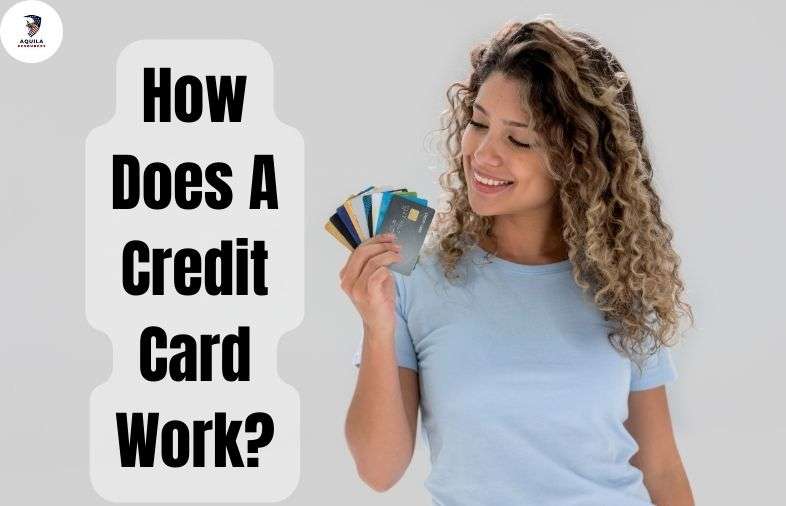
The average credit card transaction only takes a few seconds, even though many parties are involved. Your credit card issuer and merchant’s bank might take longer to exchange funds through a payment network than you can pull out your credit card from your wallet.
Here are the steps you might take at the grocery store when you use a credit card:
In a digital wallet, if your card is linked to a POS system, you can use your card to make a purchase.
- An acquiring bank receives information about your account from the POS.
- You authorize your card issuer through a payment network, such as Discover.
- If your card issuer approves the transaction, the payment is sent to the grocery store’s bank through the payment network.
- Credit card use is also possible online. The payment process for online purchases is usually similar to that of in-person purchases.
What Are Credit Cards For Building Credit No Deposit?
Most traditional credit cards do not approve applicants with low credit scores or a lack of credit history. A credit-building card, or a starter card, is intended to build credit for applicants with low FICO scores or little credit history.
In contrast to traditional cards, starter cards generally have a more laid-back underwriting process. Most will also require a security deposit. In most (but not all) cases, you may also be able to use this deposit as a credit limit. For example, if you put down $250 as a security deposit, you will have a credit limit of $250.
Some credit-building cards do not require a security deposit. This means they’ll conduct a more traditional risk assessment, such as checking your bank account to ensure you’re earning enough money to repay the loan. Some issuers may also accept a rental history record or utility bill payment as alternative evidence of financial stability.
Types of Credit Cards For Building Credit No Deposit
In order to build credit, individuals with no or limited credit history should choose credit cards designed specifically for them. Credit-building tools include the following types of cards:
Secured Credit Cards
The credit limit of a secured credit card is usually equal to the amount of the deposit you make. As you use your card responsibly, you may be able to transition from an unsecured card to an unsecured one or receive an automatic credit limit increase.
Student Credit Cards
A student credit card’s approval requirements are generally lower than those of a regular credit card, making it a good option for college students. Some of these cards may reward students with cash back or other types of rewards.
A Gas Credit Card
The benefits of gas credit cards include rewards for gas station purchases or discounts on fuel. The approval process for these loans is often easier, so they are a viable option for credit building.
Store Credit Cards
Several retailers, such as Walmart and Amazon, offer store-specific credit cards that can only be used at their stores. As with gas cards, these cards offer perks specific to each retailer and are generally easy to get.
Top Credit Cards For Building Credit No Deposit
Capital One Platinum Credit Card
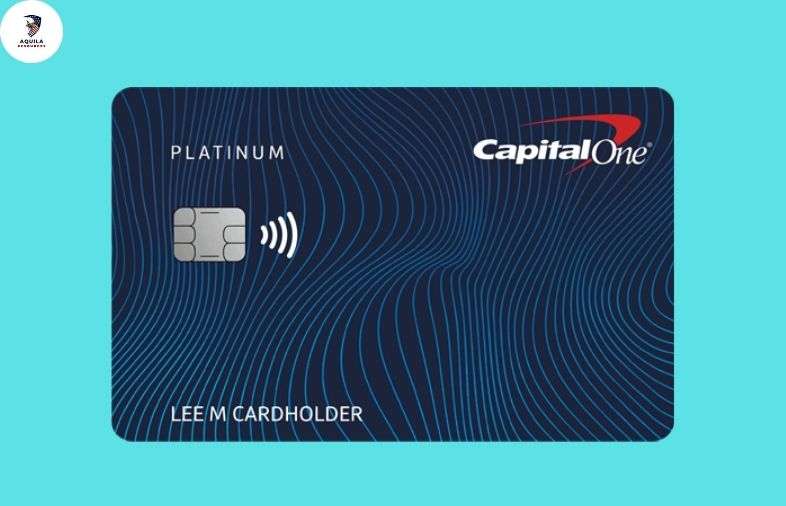
The Capital One Card is for customers with “fair” credit. There are no rewards or perks with this card, and it even lacks some perks you may find on a more “fair” credit card. This program is designed solely to help you build credit. There’s no annual fee for the Capital One Platinum Credit Card, so it may be worth considering.
There are some cases in which credit card rewards encourage overspending. But if you haven’t had much luck with that and your top priority is building credit, this might be worth considering. The APR on purchases and balance transfers is a variable of 30.74% with no annual fee. You can also take it abroad without paying a foreign transaction fee. Capital One’s Platinum credit card offers low fees and low maintenance to build credit. As average credit cardholders work towards good credit, it provides convenience despite no rewards.
Capital One Platinum Credit Card Benefits
- No hidden fees or annual fees.
- Get a higher credit line automatically within six months.
- Using a card like this responsibly can help you build your credit.
- Ensure you’re not liable for unauthorized charges with $0 Fraud Liability.
- Capital One’s mobile app lets you access your account from anywhere, any time, with online banking 24 hours a day, 7 days a week.
- Get a quick and secure checkout by using a contactless card, which eliminates the need to touch a terminal or hand your card to a cashier. It only takes a moment to hover your card over a contactless reader and wait for confirmation.
- We accept checks, online payments, and in-person payments – and you can choose the monthly due date that works best for you.
Capital One Platinum Credit Cards Pros and Cons
Pros
- Fee-free foreign transactions
- Approval may be granted to applicants with fair credit
- A credit line increase may be possible within six months
Cons
- Variable APR that is very high
- There is no rewards program.
- No welcome bonus or introductory APR offer.
- Fees for cash advances
Capital One Platinum Credit Card Rates
| Aspect | Details |
| Intro Purchase APR | N/A |
| Regular Purchase APR | 30.74% (Variable) |
| Intro BT APR | N/A |
| Regular BT APR | 30.74% (Variable) |
| Annual Fee | $0 |
| Cash Advance Fee | 5% of the amount of the cash advance, but not less than $5 |
| Foreign Transaction Fee | None |
| Balance Transfer Fee | Applies to balances transferred at a promotional rate |
Discover it® Student Cash Back
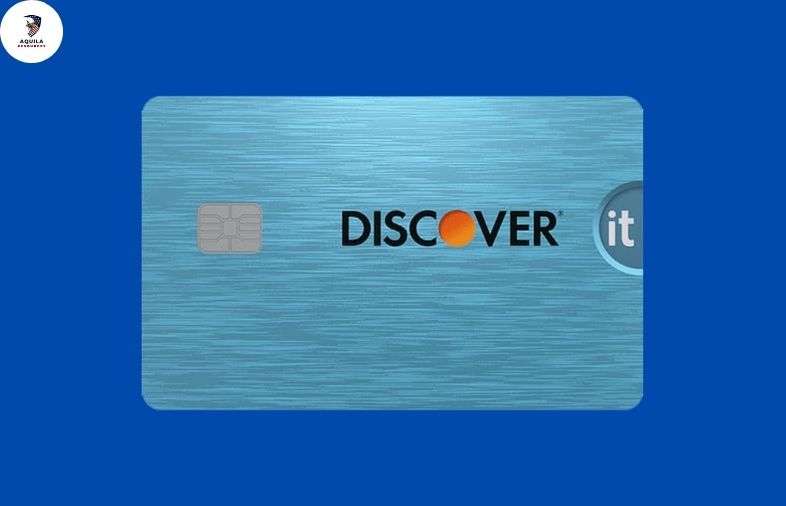
The Discover it® Student Cash Back* is an extremely versatile card that boasts simplicity and value. A great welcome offer makes this card as rewarding as some standard, non-student credit cards. You can take advantage of many perks with the Discover it® Student Cash Back card. A Discover It Student Cash Back card is an incredible way to build a financial reputation that will eventually enable you to graduate to a more rewarding card later on. While it won’t necessarily offer rewards and benefits the same as cards for more established credit profiles, it’s nevertheless a great way to build your credit history.
There are some nice rewards available with the Discover it® Student Cash Back card, including elevated earnings in quarterly rotating categories. Activating these bonus categories requires a $1,500 quarterly cap, and the bonus categories must be activated. Your cashback credit increases to an unlimited 1% after you’ve spent your quarterly bonus.
Discover it® Student Cash Back Benefits
- You can earn unlimited cashback when you join Discover. When you reach the end of your first year, Discover will match your cash back! The cashback you received could be turned into $100 if you received $50 back. You can also turn $100 into $200 by turning it back into cash. Rewards aren’t capped or limited based on spending. The match is dollar-for-dollar.
- Depending on your purchase, you can earn up to 5% cash back at grocery stores, restaurants, gas stations, and more when you activate.
- Any time you earn rewards, you can redeem them for cash.
- There is no credit score requirement.
- You can reduce your exposure to personal data online by using Discover to remove it from select people-search sites. The app can be activated on your mobile device for free.
- The use of responsible credit will build your credit without an annual fee.
- Purchases with 0% intro APR for 6 months, then 18.24% – 27.24% standard variable purchase APR.
Discover it® Student Cash Back Pros and Cons
Pros
- Build your credit and earn rewards
- APRs for introductory purchases are available
- There is no better welcome offer than this one
- You do not need a credit score to apply
Cons
- Spending too much on rewards could lead to overspending
- A credit card balance can result in expensive interest charges
- Credit scores can be damaged by missed payments.
Discover it® Student Cash Back Rates
| Aspect | Details |
| Regular APR | 18.24% – 27.24% Variable APR |
| Purchase Intro APR | 0% Intro APR for 6 months |
| Balance Transfer Intro APR | 10.99% Intro APR for 6 months |
| Annual Fee | $0 |
| Balance Transfer Fee | 3% intro balance transfer fee, up to 5% fee on future balance transfers (see terms)* |
| Foreign Purchase Transaction Fee | None |
Petal 2 Visa Credit Card
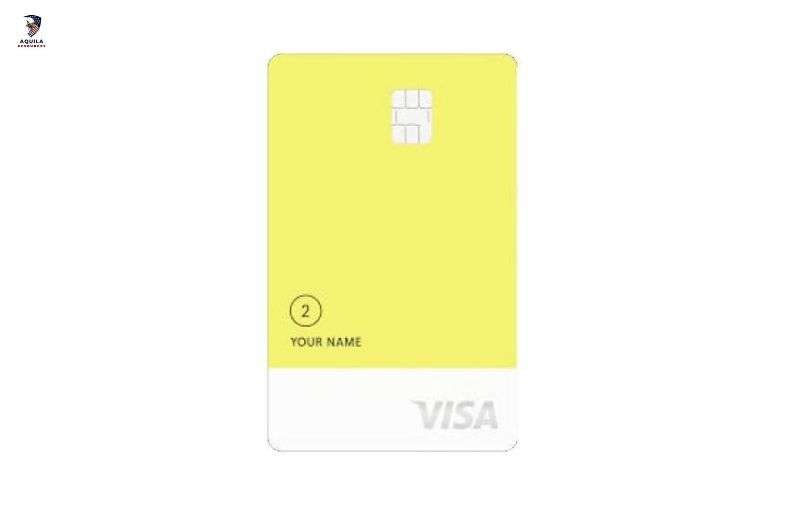
The Petal 2 Visa Credit Card (issued by WebBank) stands out since, unlike most second chance cards, which can carry hefty fees, the Petal 2 card has no annual fees, no returned payment fees, no late fees, and no foreign transaction fees.
Consider the Petal® 2 Visa® Credit Card, which boasts a “Cash Back, No Fees” policy, making it a promising choice for initiating your credit journey without incurring unnecessary charges. Unlike many entry-level cards, there’s no need for a security deposit, and you won’t be burdened with annual fees.
Moreover, Petal’s issuing institution, WebBank, adopts a more comprehensive approach to assessing creditworthiness beyond traditional FICO scores. Notably, the card features a cashback rewards program akin to those typically offered to individuals with strong credit histories.
Another plus is that you can use the issuer’s preapproval tool to evaluate your chances of being approved for the card before you apply.
Petal 2 Visa Credit Card Benefits
- No late fee, foreign transaction fee, annual fee, or any other fee.
- Variable APRs range from 18.24% – 32.24%
- Credit limits range from $300 to $10,000.
- No credit score is required; if eligible, a Cash Score will be created instead.
- Check your credit score without impacting it to determine preapproval status.
- Together with Petal card members, you can build credit.
- All three major credit bureaus receive reports from Petal.
- Deposits are not required
- WebBank-issued card
Petal 2 Visa Credit Card Pros and Cons
Pros
- You won’t be charged fees such as an annual fee, a foreign transaction fee, a late fee, or an over-limit fee
- Deposits are not required
- There is no credit check required
Cons
- There is no intro APR offer
- There will be no cash advances or balance transfers
- Credit reports with damage may not be accepted
Petal 2 Visa Credit Card Fees and Rates
| Aspect | Details |
| Regular APR | 18.24% – 32.24% (Variable) |
| Purchase Intro APR | N/A |
| Annual Fee | $0 |
| Foreign Purchase Transaction Fee | $0 |
| Credit Limits | $300 minimum up to $10,000 |
Upgrade Cash Rewards Visa®
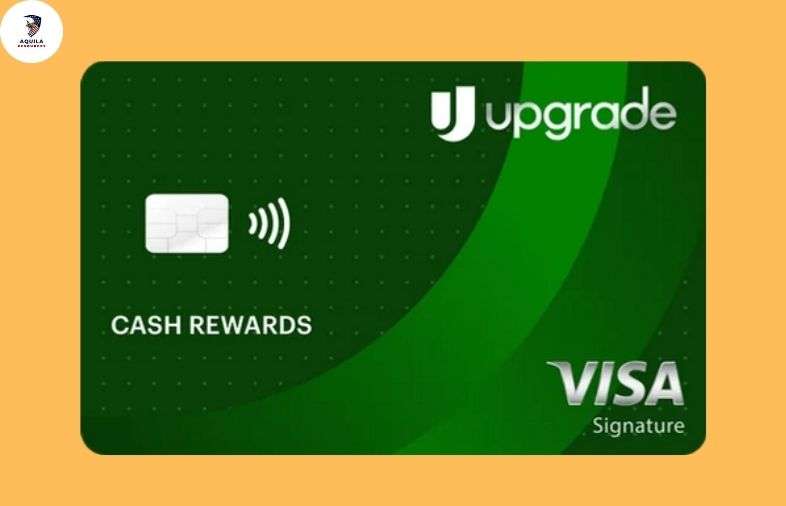
You can earn 1.5% cash back on all your purchases when you use the Upgrade Cash Rewards Visa®. There is no annual fee with this card, however. Although you will earn rewards after paying off your purchases, you won’t earn them until you’ve paid them off.
A credit card like this isn’t the same as a traditional one. As a revolving credit card, the Upgrade Cash Rewards Visa® is similar to a credit card. During the term of the loan, you will make equal monthly payments at a fixed rate of 14.99% – 29.99%.
Upgrade Cash Rewards Visa® Benefits
- Make three debit card transactions within 60 days and receive a $200 bonus on your Rewards Checking Plus account*
- Each time you make a payment, you’ll earn 1.5% cash back.
- Personal loans provide the predictability of credit cards.
- There is no annual fee
- Contactless payments with no touch are required.
- Predictable payments are great for large purchases.
- You can access your account from anywhere with our mobile app.
- You are not liable for fraud.
Upgrade Cash Rewards Visa® Pros and Cons
Pros
- Excellent credit card holders can get lower-than-average APRs and high credit limits.
- You cannot be penalized for paying off your balance early.
- A statement credit is automatically generated when cash-back rewards are redeemed.
Cons
- You may not qualify for a lower APR than you would on a traditional credit card if your credit history is poor.
- Redeeming rewards with this card is limited – you can’t accumulate points.
- Carrying a balance without intro APR offers means you won’t save on interest.
Upgrade Cash Rewards Visa® Rates
| Aspect | Details |
| APR | 14.99% – 29.99% APR |
| Annual Fee | $0 |
| Foreign Transaction Fee | Up to 3% |
| Balance Transfer Fee | Up to 5% |
Petal® 1 “No Annual Fee” Visa® Credit Card
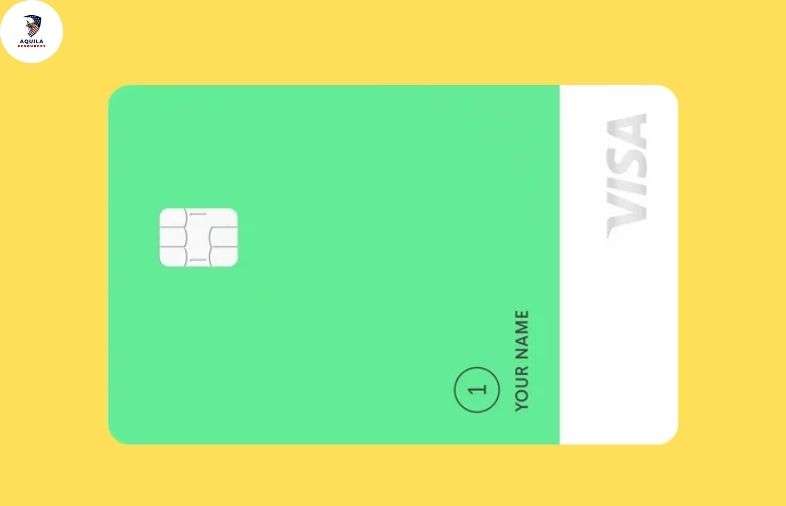
Petal 1 (issued by WebBank) is available to consumers without credit profiles but does not require upfront security deposits, which may be a good option for those without enough credit to qualify for Petal 2. Several merchants offer rewards through Petal 1. Aside from its easy-to-use interface, the Petal 1 Card is a helpful unsecured option for building credit.
An International Taxpayer Identification Number (ITIN) can be used instead of a Social Security number to apply, which is even available to those without one. While there are some starter cards that offer more consistent rewards and better benefits, if you’re willing to consider some of the best-secured cards or if you qualify for a student card, you may find better rewards and benefits than others.
Petal 1 “No Annual Fee” Visa Credit Card Benefits
- Increase your credit limit in as little as six months. There are terms and conditions.
- Cashback of 2% – 10% at select merchants
- Check your credit score without affecting your credit score to see if you’re pre-approved.
- Together with Petal card members, you can build credit.
- The Petal mobile app simplifies managing your money, tracking your spending, and automating payments.
- There are three major credit bureaus that Petal reports to
- There are no deposits required
- This card is issued by WebBank
Petal® 1 “No Annual Fee” Visa® Credit Card Pros and Cons
Pros
- It’s easy to learn how to build credit with this card’s minimal rates and fees.
- No credit history is not a barrier to applying.
- It has a higher credit limit than some rival cards, ranging from $300 to $5,000.
Cons
- While you can earn cash back on some competing cards, you won’t enjoy consistent, ongoing rewards.
- The Petal 2 “Cash Back, No Fees” Visa Credit Card offers a higher APR and more late payment fees than its sibling card.
- The card provides no additional benefits beyond those standard for Visa and credit-building cards, which reduces its long-term value.
Petal® 1 “No Annual Fee” Visa® Credit Card Rates
| Aspect | Details |
| Regular APR | 28.49% – 35.74% Variable |
| Purchase Intro APR | N/A |
| Balance Transfer Intro APR | N/A |
| Annual Fee | $59 |
| Balance Transfer Fee | N/A |
| Foreign Purchase Transaction Fee | $0 |
Required Documents For Credit Cards For Building Credit No Deposit
- The name
- Birthdate
- The address
- Status of citizenship/residency
- Number of social security card (ITIN or passport number may be accepted)
- Sources of income & income
- Status of employment
- Status of housing
- Credit report permission (in most cases)
The credit card issuer will inform you exactly what documents are required and how to submit them.
Application Process For Credit Cards For Building Credit No Deposit
Several ways are available for you to apply:
Issuer’s Website
The easiest way to apply is to submit your information and required details online. A credit card application can take as little as a few days, but if you apply this way, you are likely to be approved most quickly. Your physical card may arrive in the mail before you get instant approval to use the digital card.
Using Mail
The issuer can receive your completed card application by mail if you receive a physical card offer. The card issuer may take a few weeks to approve the card using this method. Your credit card will arrive by mail.
By Phone
If you want to apply for a credit card during business hours, you can call an issuer. Your application will be approved faster than by mail, but you might have to wait on hold.
In Person
It may be possible to apply for a card you want at a physical branch operated by the issuer. You can check whether this is an option online or by calling the number provided on your credit card offer.
How To Use Credit Cards For Building Credit No Deposit
If you want to build credit, you should use a credit card responsibly. Paying off purchases made with part of your credit limit will raise your credit scores.
Minimize Charges To Reduce Utilization
To keep your credit utilization ratio low, don’t use more than 30% of your available credit. If your credit limit is $500, keeping your balance under $150 is a good idea.
Every Month, Pay Full Balance
Remember to pay the full balance of your statement by the due date. Making a minimum payment risks getting you into a debt cycle and causing you to pay a large amount of interest.
Apply Only When Necessary
Your credit history is hard to inquire about when applying for a credit card. The credit score gets lowered each time by a few points and remains on your credit report for two years. A high number of hard inquiries in a short period of time can raise the ire of lenders.
Things To Consider Before Choosing Credit Cards For Building Credit No Deposit
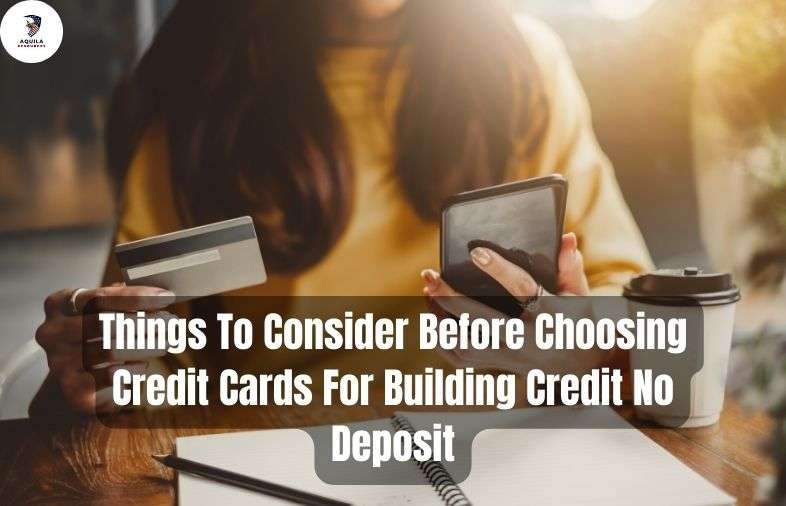
The following factors should be considered when choosing Credit Cards For Building Credit No Deposit:
- There is an annual fee. This list doesn’t include any cards with annual fees, but you should always check this before applying.
- It is not uncommon for credit cards geared toward people with no or very low credit scores to have sky-high interest rates, sometimes exceeding 30%. The best way to avoid interest charges is to pay off your balance in full every month.
- A tool for prequalification. You should look for a card with a prequalification tool rather than applying for multiple cards and getting declined. This will give you a better sense of your approval chances before applying for fees. Credit card fees may also be associated if you make late or returned payments, get a replacement card, set up your account, make foreign transactions, etc. It is better to have fewer fees.
- There are rewards. Rewards cards marketed to consumers with good to excellent credit don’t offer the same generous rewards programs as credit-building cards. The key is to use the second-chance card responsibly to build your credit so that you can qualify for more attractive rewards cards in the future.
- Good credit standing is a requirement. If there are any credit requirements, pay close attention to them. It is possible to find specific credit cards geared towards people without credit or cards for people who need to rebuild their credit, for example.
- A review of credit lines. Your initial line of credit will be low if you build or rebuild your credit with a credit card. Lenders are not uncommon to be cautious with anyone they may consider a risk. After a certain period, look for a card to review your credit line for an increase.
- There are benefits. Credit cards that offer second chances won’t have as many benefits as those that offer rewards or travel insurance. If the card offers any benefits, review them before applying.
What To Do if You’re Declined For Credit Cards For Building Credit No Deposit
Being turned down for a credit card is frustrating, but it is only a temporary setback. You can improve your financial standing by following the steps listed below, which will increase your chances of getting approved.
Read The Denial Letter
The credit card issuer may send you a letter or email informing you of a denial. Denials are usually explained, whether because of your credit score, income, or other factors. In that case, you can let the issuer know and ask them to reconsider your application (if you still need to list all your income sources on your application, for example).
Review Credit Report
Get your free credit report and look for inaccurate information, errors, or discrepancies that could negatively impact your credit score. If you find any, follow the correct procedures.
Credit Improvement
If your credit score was a factor in the denial, you should improve it. Avoid opening multiple credit accounts quickly, pay your bills on time, and keep your credit card balances low. These responsible habits can improve your credit score over time.
Considering Alternatives
Consider credit cards that are more appropriate for your current financial situation. Cards for people with limited credit history or bad credit, such as student and secured cards, are available. Your chances of approval increase when you apply for cards aligned with your profile.
Apply Again After Six Months
Reapplying too quickly for a credit card can negatively affect your credit score. You should wait at least six months before applying for a new loan. It is important that you focus on the steps above during this time. If you correct the issue causing your denial after the six-month period, you can reapply with confidence.
How Is Your Credit Score Calculated?
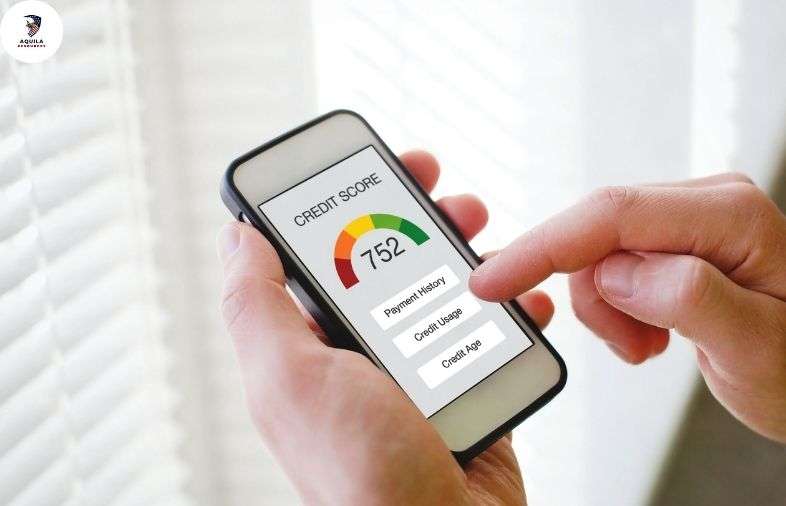
Five factors determine your credit score, each contributing to a certain percentage:
- Paying consistently (35%) is a good indicator of your credit score. Your credit score can also be negatively affected if you have a history of late payments.
- The amount owed/credit utilization (30%) indicates how much of your total credit limit has been used. It shows creditors that you manage your money responsibly.
- Your credit score tends to be better if you have older accounts (15%). A track record of success pays off.
- The credit mix (10%) shows that you can manage different types of funding well. Creditors like to see a mix of lines of credit. In particular, they want both installment loans and revolving credit.
- Your recent inquiries (10%) can affect your credit score. It can be a red flag to lenders if you are constantly applying for loans.
- Your FICO score currently determines your creditworthiness. However, the VantageScore model, developed by three of the top credit bureaus, is becoming more popular.
Tips For Using Credit Cards For Building Credit No Deposit
Credit cards should be used wisely so they build credit rather than accumulate debt. You can build credit slowly but surely using these tips.
Pay Your Monthly Bills On Time
Try to pay off your entire account balance each month. By doing so, you won’t have to pay interest. In addition, you demonstrate to your credit card issuer that you can afford the payments on your card. As a rule of thumb, Phillips recommends making the minimum payment every month if you can’t make the full payment.
Take Credit Limit In Stride
There is a maximum amount you can spend on your credit card, not a recommended amount. It’s recommended to spend within your means and only spend what you can afford to pay back each month unless absolutely necessary. You will have access to your credit line in case of a true emergency.
Monitor Credit Card Statements
Checking your credit card statement monthly is essential to identify any errors or potential instances of fraud.
Pay your bills line by line before you submit them monthly as a best practice.
If you find a mistake, such as a double charge, you should contact your credit card issuer as soon as possible. You must also get on the phone (or use your card issuer’s mobile app) as soon as you see purchases you do not recognize.
Charges that aren’t yours are likely to result in your issuer shutting down your card and issuing you a new one. Fraudsters won’t be able to use the old account that way.
How To Maintain A Good Credit Score?
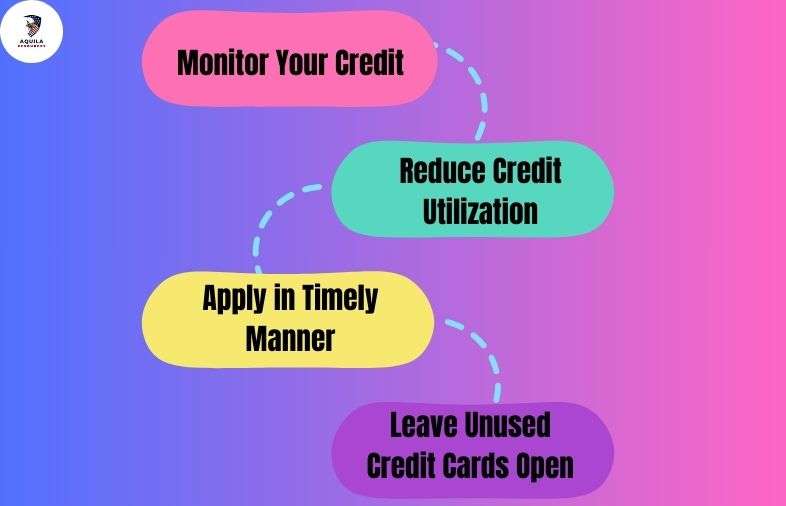
It is not always easy to establish a good credit score. The challenge of maintaining it is even greater. Good credit can be built and maintained over time by following several everyday tips and strategies.
Monitor Your Credit
Your credit history should be closely examined for discrepancies, errors, and fraud. A Rocket MoneySM subscription allows you to access your credit report to stay on top of potential hiccups and report errors to boost your credit score.
The app even provides a real-time view of your credit utilization and its impact on your score. Based on your spending habits, you can determine when you can apply for a new credit card or loan.
Reduce Credit Utilization
You can calculate your utilization ratio by dividing your total available credit by how much you have used over time. If your utilization is low, you don’t need to rely too much on credit to cover expenses. Using a ratio of around 30% can slowly increase your credit score. The difference between spending $1,500 and paying off your balance would be 30% if you have a $5,000 credit limit.
Apply in Timely Manner
Applying for new credit lines too often could result in a drop in your credit score. To get more credit, requesting the same type of loan within two weeks is useful. If you want to minimize the impact on your score, spread out your inquiries by about 6 months
Leave Unused Credit Cards Open
In spite of the fact that you’ve already paid off your unused credit cards, it’s a good idea to keep them open even if you don’t plan on continuing to use them. As a result, a well-established credit history and score will be more favorable. In spite of not tapping into these accounts, having access to them can be seen as a benefit.
FAQs
What is The Importance of Building Credit?
Many major financial moves require a good credit score, such as obtaining a mortgage, opening a credit card, getting car insurance, and finding a dream job. A bad or poor credit score may prevent you from getting approved for certain financial products or may lead to higher interest rates.
Can I Get A Credit Card After Bankruptcy?
Generally, you can apply for a credit card once you have been discharged from bankruptcy. A card cannot be applied for during bankruptcy proceedings without court approval. Three to five years can pass before a Chapter 7 bankruptcy is discharged after filing, while Chapter 13 bankruptcy may take four to six months.
What is The Easiest Credit Card To Get Approved For?
The easiest to obtain are those with or without a security deposit designed to build or rebuild credit. A second-chance credit card may also be called a second-chance credit card.
Can I Get Approval For A Credit Card With No Credit History?
No credit history is not a barrier to getting a credit card. Credit cards designed specifically for beginners to build a good credit score are available as secured cards or starter cards.
How Do I Improve My Credit Score?
To improve your credit score, you must practice constantly and behave responsibly with credit. Examples include paying your bills on time, limiting your credit utilization ratio, and maintaining your credit balance.
Conclusion
You can build credit and earn rewards with several easy-to-get credit cards. When customers use a credit card, you should make sure you use it responsibly so that you can build a strong credit history.















Add Comment